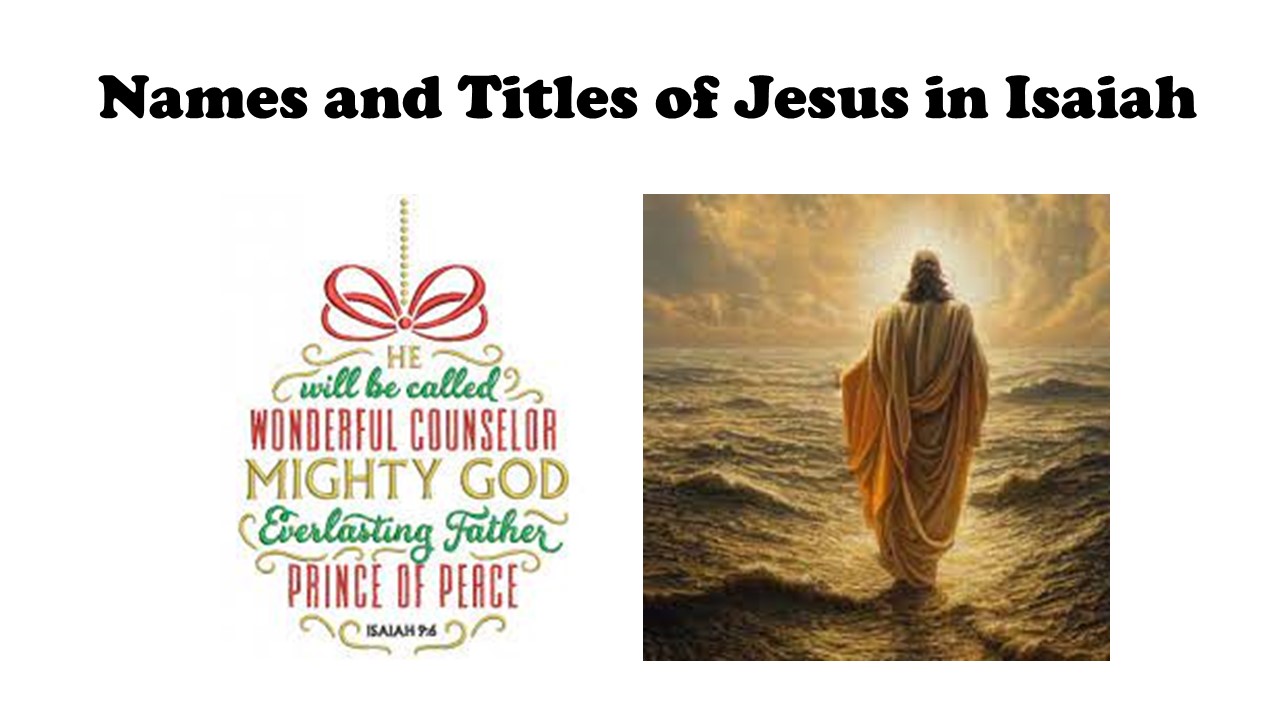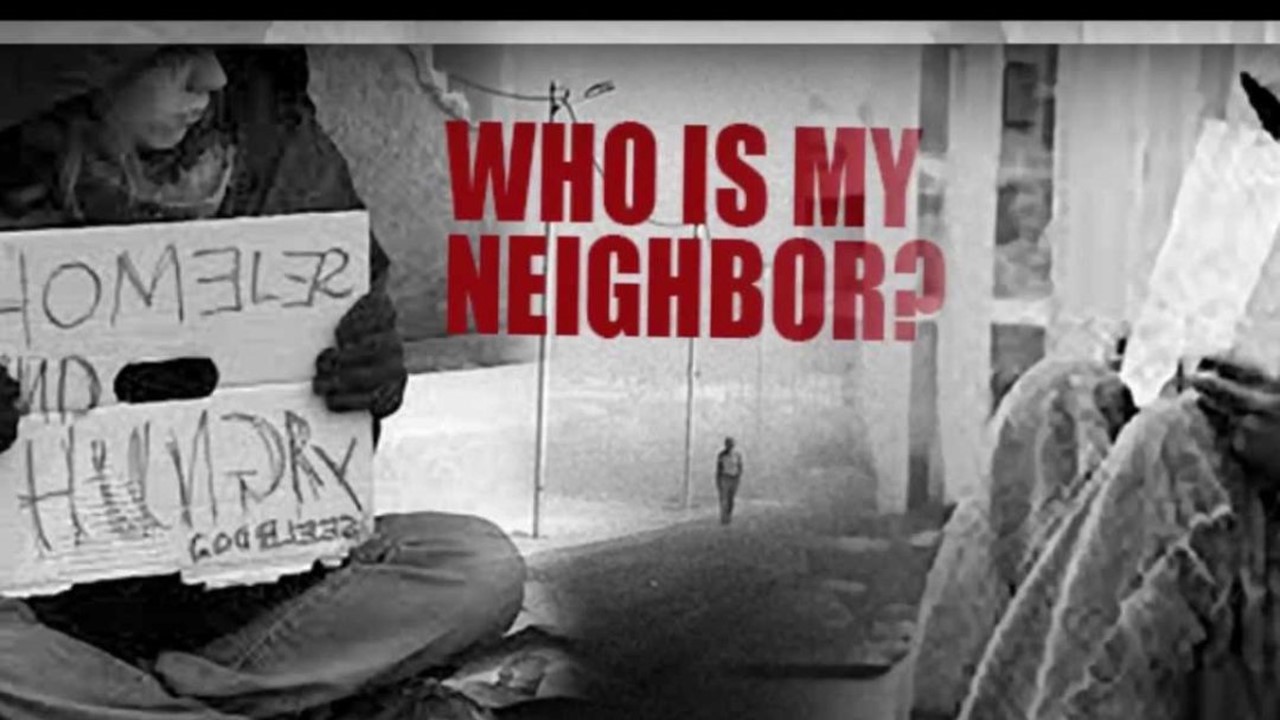The book of Genesis in the Bible contains several figures that are considered types of Christ as they prefigure and parallel aspects of Jesus' life and ministry. The first man, Adam, who brought sin and death into the world through his disobedience, is contrasted with the "Last Adam," Jesus, who brought righteousness and life through His obedience and sacrifice. Abel's innocent bloodshed prefigures the innocent blood of Jesus, who was also killed by His own people out of envy.
Noah, a righteous man who found favor with God and was chosen to save his family and the animal kingdom from the judgment of the flood, is considered a type of Christ who rescues humanity from the judgment of sin through His death and resurrection. Other types of Christ in Genesis include Melchizedek, Isaac, Joseph, Judah, the ram in the thicket, the ark, and Jacob's ladder.
Christina Rossetti's poem, "The Second Adam," contrasts the first Adam's folly and pride with the second Adam's humility and love, emphasizing the transformative power of Christ's life, death, and resurrection. While the patriarch Enoch could also be considered a type of Christ due to his close communion with God and ascension to heaven, the parallels are not as extensive or direct as with some other figures in Genesis. Overall, the types of Christ in Genesis demonstrate the continuity between the Old and New Testaments and the unfolding plan of redemption throughout the Bible.

Today’s episode delves into the rich tapestry of names and titles for Jesus found in the book of Isaiah, each reflecting a distinct aspect...

Many Christians talk about the importance of loving God and loving others, and rightly so. Jesus declared these to be the greatest commandments (Mark...

Christ set the ultimate example of service and sacrifice when he condescended to us and submitted to death on our behalf. Likewise, we are...